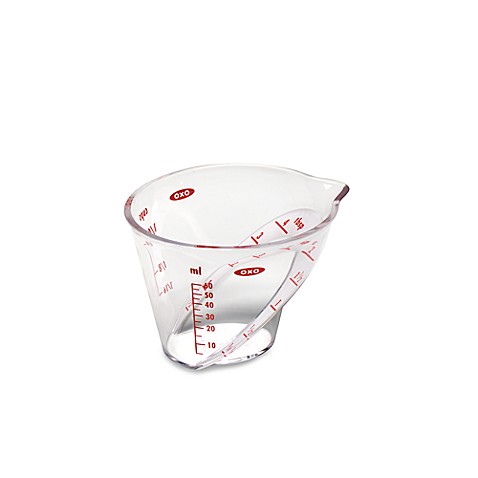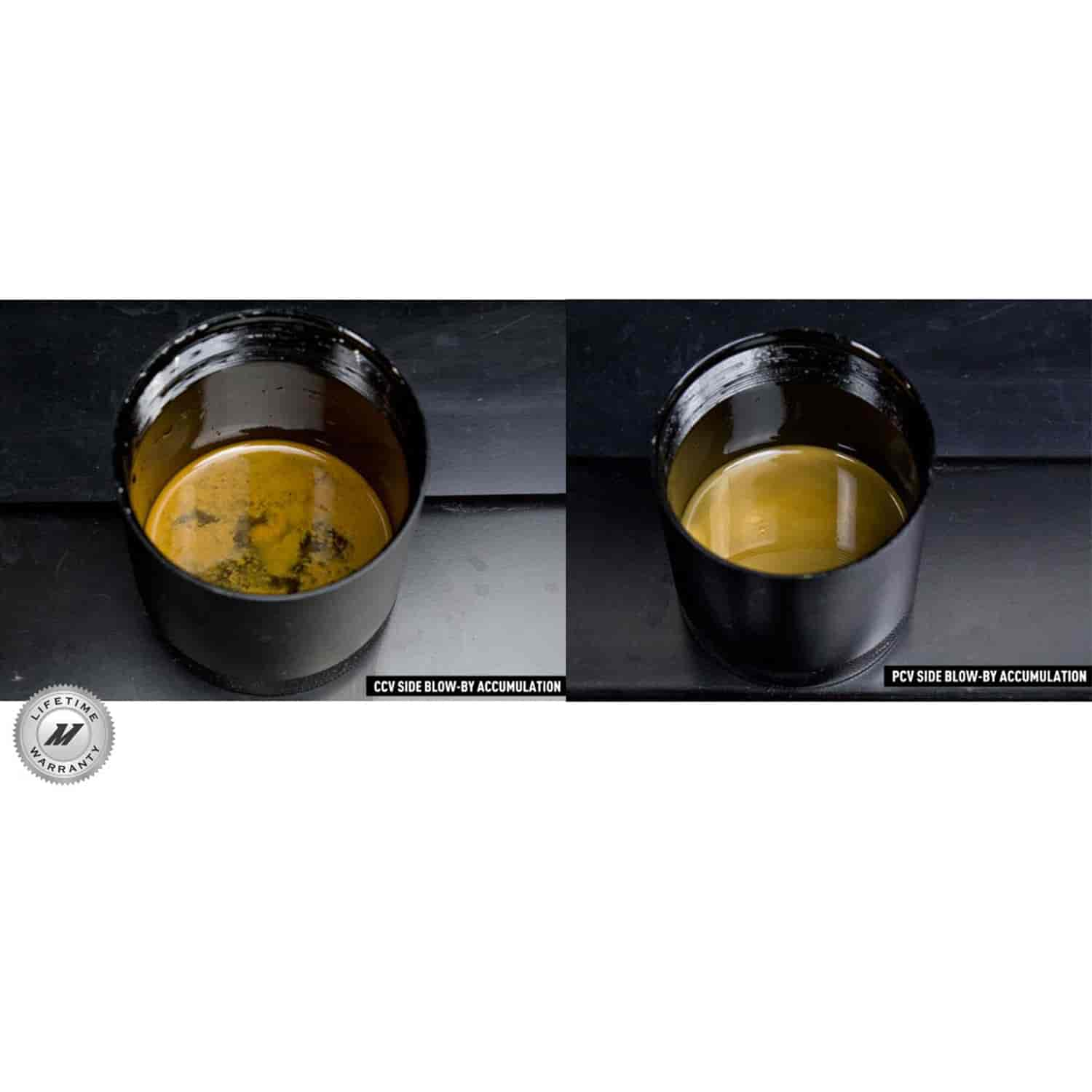Well the past few months, I've been trying something new. This is for myself and my own cars use fiest and foremost. If it offers insight to others, i dont mind sharing. Most do not have a rhyme nor reason in travelling 30-40k miles PER YEAR. i however do and care about longevity.
Theres a few local guys that are in the low 10's and 11's that pointed me in this direction and after a decent amount of reading, learning, and some help from a well known company, I've decided to install a catch can IN LINE to see how well my first one was performing, as well as adding an additional line for a continuous vacuum.
The main point of the continuous vacuum, is at low speed, deceleration, and idle, the PCV works as it should evacuating blowby from the crank case....
However, once the engine speed goes up, and for those of use who drive aggressive, drag race, autoX, or track their car... the PCV
VALVE closes as it should. leaving those blowby fumes/vapors inside the crankcase until deceleration, lower speeds, or idle returns.
I've been told , that all I'm doing is "sucking liquids" and a lot of other unfounded accusations without any sources or proof. But now, we have visual and video proof of what exactly is being caught

No bullsh*t and hearsay.
to start a while ago...about a year. I bought a mishimoto can, and rigged it to be inline with the PCV dirty line. Never touched the clean side line, and for the past year, it has done its job respectfully. every 5-10K i'd basically get 0.5 to 1 ounce of caught blowby.
I run BND Automotive Quantum Blue Custom Blended Oil. and have done so on the past 3 cars for well over a combined 330,000 miles over 3 cars. the 07 charger being the longest at 244,033 miles upon trade in. I also complete an oil sample analysis most every oil change through either Tribology or Blackstone. and the oil change suggestions have been extended most every time, as it still has useable life left. The most current oil sample analysis has been sent out and I can update the post with it when it comes back in, however the past year, I went through 3 of them so far. All wear and metals have been normal.
For the test, I kept the Mishimoto inline with the dirty PCV side and first inline. Second, I had added an Elite E2-X catch can with 3 ports. Two Exits and One Entry.
1) The center line is the dirty PCV line entry. with the setup the way it is, its using the MM can out line as the dirty line source.
2) the outer port towards the front of the can (front of car) is the out side of the can and goes back into the Venturi Valve on the intake of the car.
NOTE: AT THIS POINT THE DIRTY SIDE PCV ROUTE IS COMPLETED. FROM EXIT AT REAR PCV VALVE, THROUGH THE CANS, AND INTO THE VENTURI VALVE
3) the last and outer port towards the rear of the can (rear of car), serves as the tap into the intake manifold and is the full time suction line, which is beneficial at all times, but majority higher rpms (when we drive, be it highway use, traffic, aggressive/sporty or at the track/autoX you're on the gas more than the brakes)
The clean side lines, which normally goes into the passenger side of the intake tube via the nipple....still does so. however evacuation of the front side bridge of clean lines is done so with the clean side separator (which has filtering media within it) and any oil vapors (since they aren't dirty) condense and drop back down the same spout you pour your oil.
Here is a progression of where each line starts and flows towards. Mind you, there's only "a lot of lines" because there are TWO functioning and working catch cans in series installed.
1)
The Yellow line flows from the back of the engine to the Mishimoto Can (tried to do the color, but it was not visible)

2) Leaving the "Out" Port of the Mishimoto can,
The Red lineflows into the "In Line of the Elite Engineering E2-X can.
3)
The Lime Green line flows out of the E2-X and goes into the Venturi Valve
NOTE: AT THIS POINT THE DIRTY SIDE PCV ROUTE IS COMPLETED. FROM EXIT AT REAR PCV VALVE, THROUGH THE CANS, AND INTO THE VENTURI VALVE
4)Lastly
The Blue line covers the clean side bridge. the T-section is capped, but both bridges are still open to flow. the flow occurs from left side cylinder head (pass side) to the right side cylinder head (driver side) and then up to the clean side separator, and then back to the left side of the intake manifold. the reason for this is the filtering media inside the CC separator allows any condensed and collected oil to drop back into the oil funnel spout, and the rest of the "clean side air" to go into the intake for combustion. So this still functions in the same manner as it did. it just has a filter media inline before it goes back into the intake port on the left side.

To start with the results:
This was the total collection in the 1st in line, Mishimoto Compact can. granted its a smaller can, It catches. This is after just over 4,000 miles. on a car that just rolled over 45K today getting some new "additions" after work and an errand.

Inside the can, you can see the grit/baked on part, which are the particles in the blowby that catch cans catch. this is what on a stock PCV system ends up getting stuck on the valves and cokes up intake valves. on the older 5th gen LFX engines...the amount of blowby caught was sometime triple to 4 times the amount in similar time frames. I ran an apex V2 can on the past car, and between 5-7K the can was near full and I believe the capacity was like 2 or 3 ounces. so yes, GM has improved their PCV system in the upgraded LGX system, but its not perfect.
See This Post for a member who has posted what valves can look like in over time.
I picked these
 OXO Mini Measuring Cups
OXO Mini Measuring Cups because I thought they were oh so cute

nah, but they did meet the minimum amount of fluid I figured I would have from the catch cans normal amount being caught.


Emptying the Mishimoto can gave me ALMOST a half ounce of fluid. the reason why I said fluid... is because all of this is def not oil (even though one claims the additional vacuum sucks oil from the crankcase). we know that when oil coats something, its thicker and tends to move slower, especially once cooled off. oil is thicker, simple as that. what is being caught is the blowby (all the harmful contaminants,hydrocarbon residues, fuel, and condensation that its vaporized once the oil reaches 212 degrees. a short video of the fluid being shaken. and it certainly didn't smell similar of the actual oil I just changed and took a sample of. nor was it thick as the oil sample. has more of a watery state to it and didn't adhere to the plastic cups in the same manner oil does. especially used oil.
After emptying the Mishimoto can, you can see the gunk that's left behind and what usually builds up on your valves OVER THE YEARS. This is what
Seafoam,
CRC DI Intake Valve Cleaner, etc have all been developed for, even the
BG products most GM dealers use, to clean your intake valves on cars left neglected. The quality of the oil used is part of the solution, but if you can prevent this even reaching that valves and staying in a catch can, being caught.... no explanation needed.

the best way to avoid cleaning something up is to never let it get there in the first place.

In the bottom of the measuring cup, you can see once its set still for a few minutes, the different tiers of blowby starts to separate (I believe sat was a 70 degree day). once again, this is minor in comparison to the LFX in the 5th gen. but this is what you DONT want going back and mixing into your oil.

an example of a boosted setup (ATS 2.0) from mishimotos website

you can see the lighter brown stuff is more prevalent. if you google "catch can blowby" there are more examples from mishimoto of tons of different tiers of blowby being caught.
Now with that being shown. Lets view what was getting by the mishimoto can and ending up in the Elite can. the Mishimoto collections are on the left (just under 1/2 ounce) and the Elite E2-X is on the right. just about 1/4 (once again slightly under) of an ounce was caught in the 4000 mile interval.



So far ive done another 400 miles including today since the oil change this past sat. Something else interesting to note, roughly speaking, I've been getting about the same amount in the catch can at each intereval I changed and posted about it, in previous posts over the forums:
http://www.camaro6.com/forums/showpo...1&postcount=90
So even AFTER ADDING a constant vacuum source, I'm still getting the same amount in the mishimoto can being caught. kinda kills the theory that an extra vacuum source is gonna force more liquid to be sucked into the can.

it turns out its pretty much the same amount. Just more are the more harmful blowby/hydrocarbon deposits, which can be seen in the can and at the bottom of the measuring cup. the second can's only purpose has been to show what was actually getting by the first can (which if you look at the combined total of the two, its about 1/3 getting through). Once again, no engine is 100% efficient, and no can is 100% efficient. but the more it catches, obviously the better.
Actual testing, which is what I prefer and why I've taken the time to do so, will always show what's really going on.


If you're new to catch cans and stuff, this post gives you a simple basic explanation with pics. its from camaro5. I still had this saved from when I bought my 5th gen back in 2013.
http://www.camaro5.com/forums/showpo...96&postcount=1